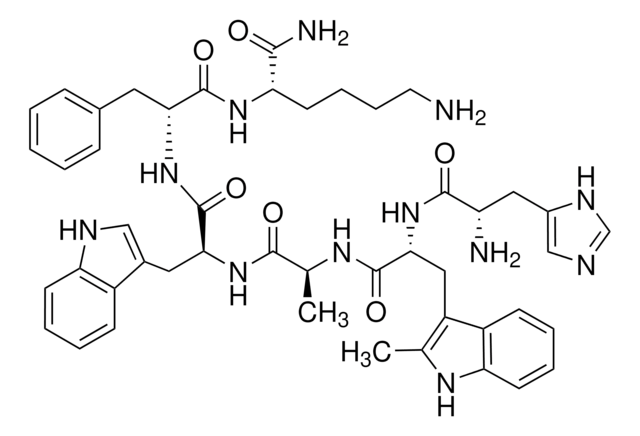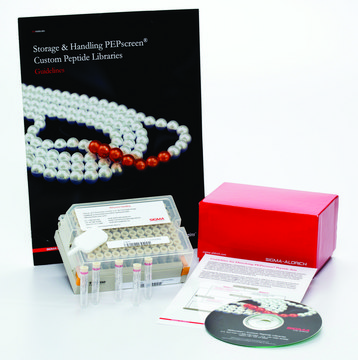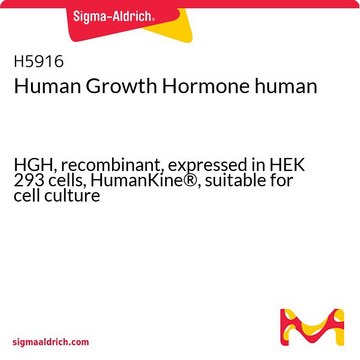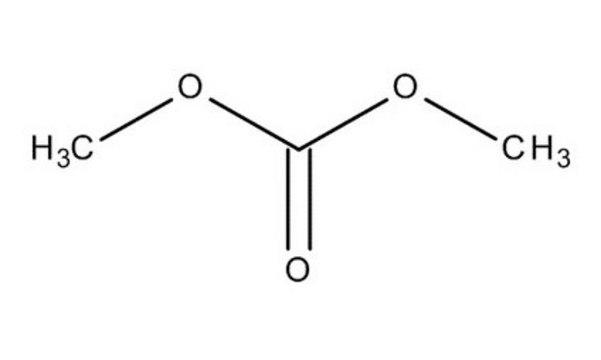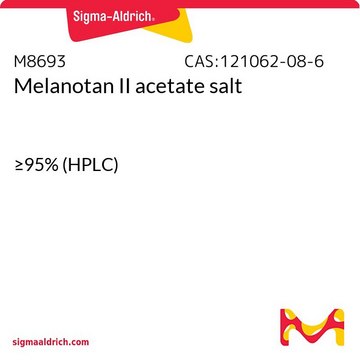SML1322
Ipamorelin acetate
≥98%
Synonym(s):
2-Methylalanyl-L-histidyl-3-(2-naphthalenyl)-D-alanyl-D-phenylalanyl-L-lysinamide acetate, Aib-His-D-2-Nal-D-Phe-Lys-NH2 acetate, NNC 26-0161 acetate;
About This Item
Recommended Products
Quality Level
assay
≥98%
form
powder
color
white to beige
solubility
H2O: 20 mg/L, clear
shipped in
wet ice
storage temp.
−20°C
Related Categories
1 of 4
This Item | 517127 | 8.03525 | 13259 |
|---|---|---|---|
| Quality Level 200 | Quality Level 100 | Quality Level 200 | Quality Level 100 |
| assay 99% | assay ≥99% | assay ≥99.0% (GC) | assay ≥99.0% (GC) |
| form liquid | form liquid | form liquid | form - |
| bp 90 °C (lit.) | bp 90 °C (lit.) | bp 90 °C/1016 hPa | bp 90 °C (lit.) |
| density 1.069 g/mL at 25 °C (lit.) | density 1.069 g/mL at 25 °C (lit.) | density 1.07 g/cm3 at 20 °C | density 1.069 g/mL at 25 °C (lit.) |
| mp 2-4 °C (lit.) | mp 2-4 °C (lit.) | mp 0.5-4.7 °C | mp 2-4 °C (lit.) |
Biochem/physiol Actions
Storage Class
11 - Combustible Solids
wgk_germany
WGK 3
flash_point_f
Not applicable
flash_point_c
Not applicable
Choose from one of the most recent versions:
Certificates of Analysis (COA)
Don't see the Right Version?
If you require a particular version, you can look up a specific certificate by the Lot or Batch number.
Already Own This Product?
Find documentation for the products that you have recently purchased in the Document Library.
Customers Also Viewed
Articles
Research and development of solid-state lithium fast-ion conductors is crucial because they can be potentially used as solid electrolytes in all-solid-state batteries, which may solve the safety and energy-density related issues of conventional lithium-ion batteries that use liquid (farmable organic) electrolytes.
Related Content
Why should you have to choose between solvents that are ecological and those that are reliable? Enjoy both at once with our biorenewable and greener solutions. Cyrene™ solvent is a new dipolar aprotic alternative to common REACH restricted solvents, such as N methyl-2-pyrrolidone (NMP) and Dimethylformamide (DMF).
Our team of scientists has experience in all areas of research including Life Science, Material Science, Chemical Synthesis, Chromatography, Analytical and many others.
Contact Technical Service



![[D-Lys3]-GHRP-6 synthetic, lyophilized powder](/deepweb/assets/sigmaaldrich/product/structures/386/044/971c33d0-e117-4aad-bf07-27172c088df1/640/971c33d0-e117-4aad-bf07-27172c088df1.png)
